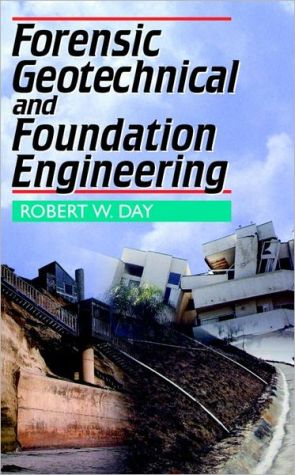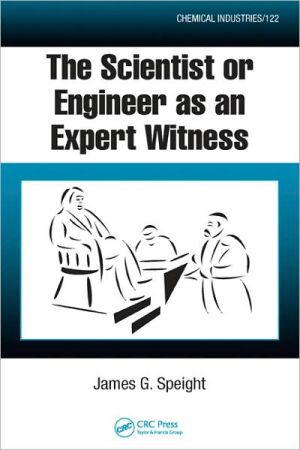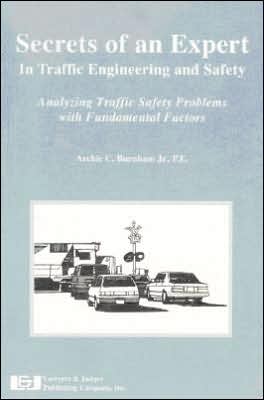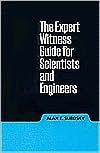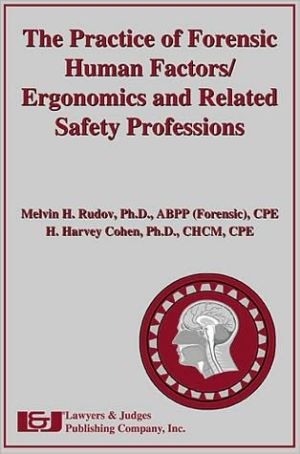Forensic Geotechnical and Foundation Engineering
Learn how to conduct a professional forensic geotechnical and foundation investigation\ Clearly written and easy to use, this authoritative book shows you step-by-step how to:\ \ INVESTIGATE damage, deterioration, or collapse in a structure\ EVALUATE problems caused by settlement, expansive soil, slope movement, moisture intrusion, and more\ INVESTIGATE damage from earthquakes and other natural causes\ DETERMINE what caused the damage\ DEVELOP repair recommendations\ PREPARE files and...
Search in google:
Why did the building collapse? What caused cracking in the bridgesupports? Who's responsible for the sideways settling of the shoppingmall? These are the types of questions forensics engineers answer,often as expert witnesses in legal procedures. Clearly written andeasy to use, this authoritative book shows you how to conduct aprofessional forensic geotechnical and foundation investigation.Written by a leading forensic engineer and packed with interestingcase studies, it shows you step-by-step how to: INVESTIGATE damage,deterioration, or collapse in a structure. EVALUATE problems caused bysettlement, expansive soil, slope movement, moisture intrusion, andmore. INVESTIGATE damage from earthquakes and other natural causes.DETERMINE what caused the damage. DEVELOP repair recommendations.PREPARE files and reports. AVOID civil liability. Sulfate attack, damfailure, tree roots, decomposition of organic matter, or any otherfactor—no matter what caused the structural damage, this book willhelp you pinpoint it and, if necessary, suggest a remedy. With adviceon all aspects of the process, from accepting the assignment totestifying compellingly, this book is your all-in-one guide togeotechnical and foundation investigations in forensic engineering.Robert W. Day is a leading forensic engineer and the chief engineer at American Geotechnical in San Diego, California. The author of over 200 published technical papers, he serves on advisory committees for several professional associations, including ASCE, ASTM, and NCEES. He holds both bachelor's and master's degrees in structural engineering from Villanova University and a master's in civil engineering and a civil engineer degree from the Massachusetts Institute of Technology. Booknews Defines forensic engineering as the investigation of a damaged or deteriorated structure, and distinguishes it from design using observation, testing, and deduction to figure out the cause of the damage or deterioration. Primarily for engineers hired as investigators or expert witnesses in legal cases, reviews the basic procedures, identifies specific problems typically encountered such as settlement and moisture intrusion, discusses the forensic engineer's role in developing repairs, and presents strategies for avoiding civil liability. Such strategies might also interest design engineers. Annotation c. by Book News, Inc., Portland, Or.
PrefaceCh. 1Introduction1Ch. 2The Assignment27Ch. 3The Investigation33Ch. 4Settlement of Structures65Ch. 5Expansive Soil103Ch. 6Lateral Movement137Ch. 7Other Geotechnical and Foundation Problems215Ch. 8Groundwater and Moisture Problems297Ch. 9Repairs327Ch. 10Concluding Chapter363App. ARecommended Practices for Design Professionals Engaged as Experts in the Resolution of Construction Industry Disputes (ASFE)375App. BCase Management Order381App. CReferences403Glossary 1Engineering Geology and Subsurface Exploration Terminology417Glossary 2Laboratory Testing Terminology425Glossary 3Terminology for Engineering Analysis and Computations431Glossary 4Construction and Grading Terminology437Index445
\ BooknewsDefines forensic engineering as the investigation of a damaged or deteriorated structure, and distinguishes it from design using observation, testing, and deduction to figure out the cause of the damage or deterioration. Primarily for engineers hired as investigators or expert witnesses in legal cases, reviews the basic procedures, identifies specific problems typically encountered such as settlement and moisture intrusion, discusses the forensic engineer's role in developing repairs, and presents strategies for avoiding civil liability. Such strategies might also interest design engineers. Annotation c. by Book News, Inc., Portland, Or.\ \
